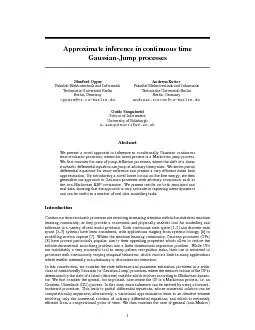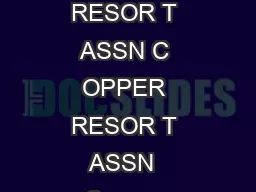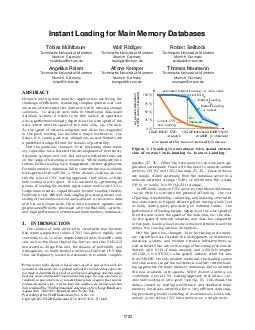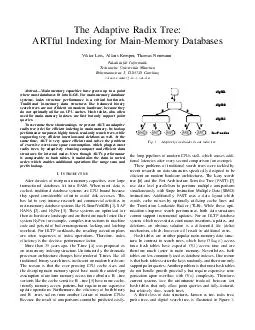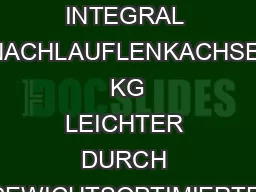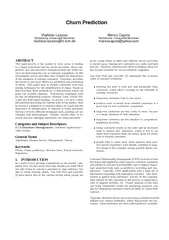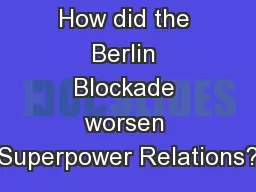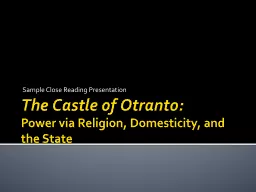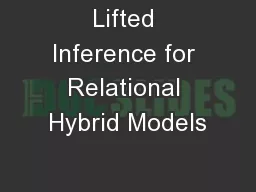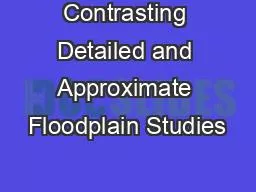PDF-Approximate inference in continuous time GaussianJump processes Manfred Opper Fakult at
Author : natalia-silvester | Published Date : 2014-12-22
tuberlinde Andreas Ruttor Fakult at Elektrotechnik und Informatik Technische Universit at Berlin Berlin Germany andreasruttortuberlinde Guido Sanguinetti School
Presentation Embed Code
Download Presentation
Download Presentation The PPT/PDF document "Approximate inference in continuous time..." is the property of its rightful owner. Permission is granted to download and print the materials on this website for personal, non-commercial use only, and to display it on your personal computer provided you do not modify the materials and that you retain all copyright notices contained in the materials. By downloading content from our website, you accept the terms of this agreement.
Approximate inference in continuous time GaussianJump processes Manfred Opper Fakult at: Transcript
Download Rules Of Document
"Approximate inference in continuous time GaussianJump processes Manfred Opper Fakult at"The content belongs to its owner. You may download and print it for personal use, without modification, and keep all copyright notices. By downloading, you agree to these terms.
Related Documents

